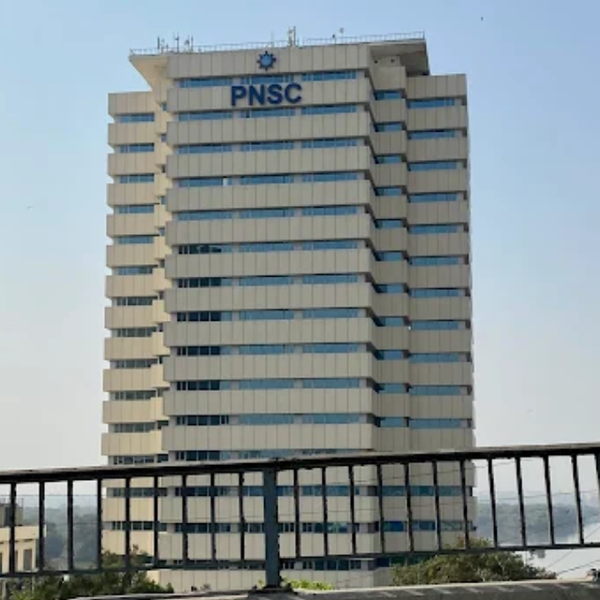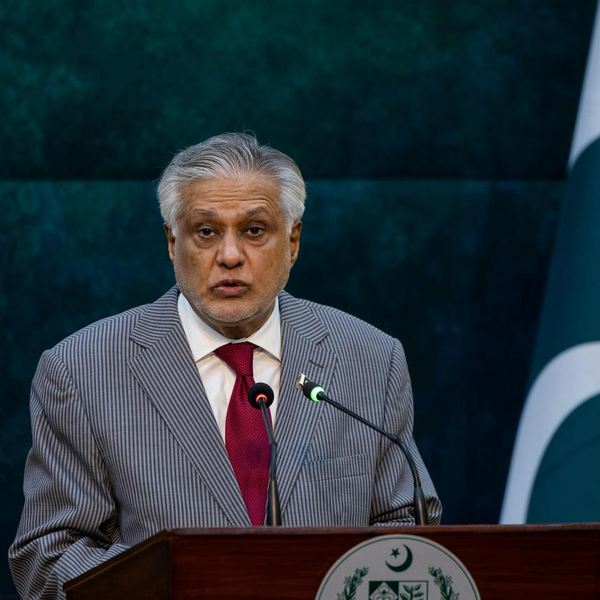Kamran Khan outlines Pakistan’s four major economic ‘headaches’
Khan warns sluggish growth, weak reforms, and SOE losses are bleeding Pakistan’s economy
News Desk
The News Desk provides timely and factual coverage of national and international events, with an emphasis on accuracy and clarity.
Pakistan has carved out a stronger global profile in foreign policy, diplomacy, and defense strategy, but its economy continues to wrestle with deep-rooted weaknesses, Kamran Khan said in his latest vlog.
Khan argued that despite recent positive indicators, the country remains burdened by four major “headaches” that have stalled recovery and undermined both civilian and military-led efforts to stabilize the economy.
“These four factors are failures of Prime Minister Shehbaz Sharif’s government,” Khan said, pointing to a stagnant tax system, loss-making state-owned enterprises, collapsing foreign investment, and sluggish GDP growth.
Tax reform failure
The first challenge, he said, is the absence of meaningful reforms in the Federal Board of Revenue (FBR). Pakistan’s large undocumented economy keeps the tax net narrow, while outdated practices have eroded public trust.
Khan recalled that on July 21, leading chambers of commerce met Army Chief Field Marshal Syed Asim Munir at General Headquarters for three and a half hours to raise concerns. Business leaders denounced what they called FBR’s harassment of taxpayers.
“The army chief assured the business community they would not be blackmailed,” Khan said, but noted that without digital restructuring and transparency, FBR lacks the capacity to collect taxes fairly. Retailers, wholesalers, and even large businesses often rely on cash rather than banking channels, he said, with FBR showing little will to confront major tax evaders.
SOEs draining the treasury
The second “headache,” according to Khan, is the chronic drain caused by state-owned enterprises (SOEs). These “white elephants” have piled up decades of losses, leaving taxpayers to foot the bill.
By December 2024, just 15 national corporations—including Pakistan Railways, Pakistan Steel Mills, and several power distribution companies—had accumulated losses of PKR 5.89 trillion, equal to 5 percent of GDP, according to the Finance Division.
“Every government spent billions trying to fix them, yet they kept sinking deeper into losses,” Khan said. He noted that privatization efforts have repeatedly stalled, even as the International Monetary Fund has made it a central demand.
Khan pointed out that Pakistan International Airlines’ PKR 770 billion debt was recently cleared, with millions spent on privatization consultants. Still, the sale has not materialized. An ordinance issued in December 2023 to push forward privatization of other entities also remains unimplemented.
“In the past, privatized institutions like HBL, MCB, and K-Electric turned profitable and contributed taxes. But today, governments still hesitate,” he said.
Foreign investment collapse
Khan identified the near collapse of foreign direct investment (FDI) as the third economic failure. He described FDI as the “backbone” of any emerging economy but said Pakistan has struggled to attract even modest inflows.
In the last fiscal year, Pakistan received $2.45 billion in FDI. But after accounting for portfolio outflows from bonds and stocks, the net remained just $1.8 billion. Nearly half of this came from China.
By contrast, he said, developing economies typically see annual FDI growth of 11 to 13 percent.
Pakistan’s stock market ranked among the world’s best-performing exchanges last year, delivering a 55 percent return in dollar terms. Yet foreign portfolio investment remained negative, with more money leaving than coming in.
The Special Investment Facilitation Council (SIFC), set up in 2023 to streamline foreign investment, has been hampered by bureaucratic red tape, regulatory uncertainty, and weak coordination, Khan said.
Sluggish GDP growth
The fourth factor dragging the economy, Khan said, is persistently slow GDP growth. Pakistan’s growth has failed to cross 3 percent for three consecutive years, far below the 5 percent benchmark considered satisfactory for developing economies.
Last year, GDP growth stood at just 2.7 percent. The World Bank projects a slight improvement to 3.1 percent this fiscal year, still far behind regional peers.
“India grew 6.5 percent last year, Vietnam 7 percent, and even Bangladesh, despite political instability, posted 4.2 percent,” Khan said.
Pakistan’s young population of 250 million, with 64 percent under 30, is entering the workforce, but slow economic expansion is failing to generate jobs.
Khan noted that Pakistan last achieved growth above 7 percent in 2004 and 2005 under Pervez Musharraf. In the final years of Nawaz Sharif and Imran Khan’s governments, growth briefly touched 6 percent before plunging into negative territory the following year.
Way forward
Khan argued that Pakistan’s leaders can present achievements in foreign policy, diplomacy, and defense. But without fixing the structural weaknesses of the economy, those successes will not translate into sustainable progress.
“For a healthy economy, we need fresh FDI, we need to stop the bleeding of SOEs, and we need real reforms in FBR to expand the tax net,” he said.
“Otherwise,” he warned, “the tireless efforts of our civil and military leadership may never deliver their full results.”








Comments
See what people are discussing